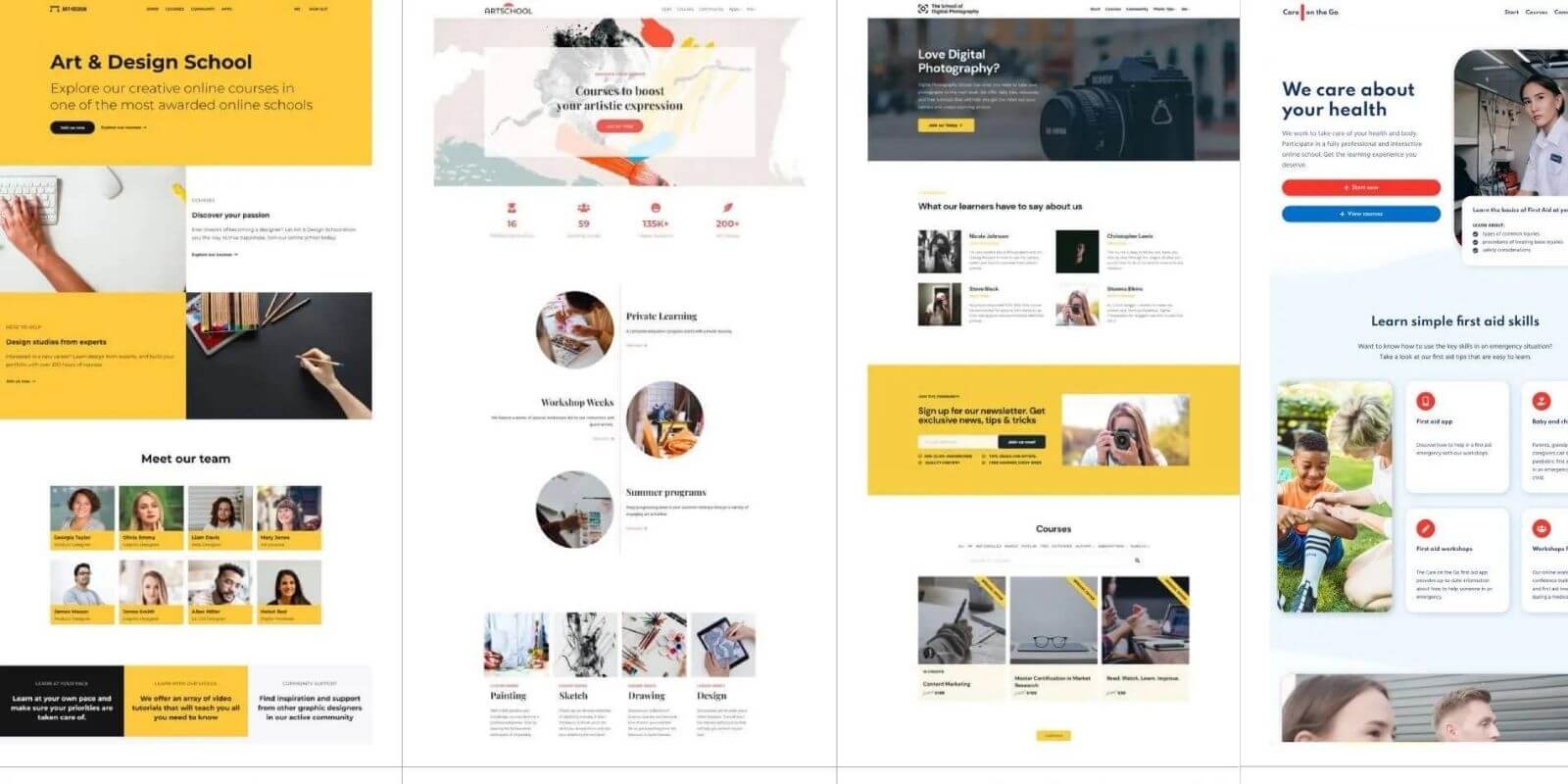Introduction
Overview of LMS Platform
When looking at a Learning Management System (LMS), you see a comprehensive platform that allows educators to create, manage, and deliver online courses to learners. This user-friendly system simplifies administrative tasks such as tracking progress, grading, and enabling communication between instructors and students.
Importance of Using LMS in Education
The use of LMS in education is paramount in today’s tech-driven world. It fosters an interactive learning environment, provides flexibility for both students and teachers, and ensures easy access to educational resources anytime, anywhere. Its integration enhances the overall learning experience for all involved.

Planning and Research
Identifying the Needs of Users
To successfully implement an LMS platform, it is crucial to first understand the unique needs of both educators and learners. By conducting surveys, interviews, and assessments, you can gain valuable insight into what features and functionalities will best serve your users. This user-centric approach ensures that the platform is tailored to address specific challenges and preferences, enhancing user satisfaction and engagement.
Analyzing Competitors in the Market
Analyzing competitors in the LMS market provides valuable opportunities to learn from their successes and failures. By conducting a competitive analysis, you can identify areas where you can differentiate your platform and offer unique value propositions. Understanding the strengths and weaknesses of other LMS providers allows you to refine your strategy, positioning your platform more effectively in the market.

Designing the User Interface
Creating a User-Friendly Layout
When designing the user interface of an LMS platform, it is essential to prioritize user experience. A user-friendly layout ensures that educators and learners can easily navigate the system, access content, and engage with the features seamlessly. Intuitive design elements such as clear navigation menus, organized content structure, and consistent layouts contribute to a positive user experience, ultimately enhancing user satisfaction and productivity.
Implementing Responsive Design
In today’s digital age, where users access platforms from various devices, implementing responsive design is crucial. By ensuring that the LMS platform adapts and functions well on different screen sizes and devices, you can provide a seamless user experience across desktops, laptops, tablets, and smartphones. Responsive design improves accessibility and usability, making it convenient for users to engage with the platform anytime, anywhere.

Developing Key Features
Integrating Content Management System
To enhance the functionality of an LMS platform, integrating a content management system is paramount. This feature allows educators to efficiently organize and update learning materials, ensuring seamless content delivery to learners. A well-structured CMS empowers instructors to upload resources, manage course schedules, and monitor student progress effectively, facilitating a more streamlined teaching experience.
Incorporating Assessment Tools
Incorporating assessment tools within the LMS platform is essential for evaluating learner performance and progress. These tools enable educators to create various types of quizzes, assignments, and exams, providing valuable insights into student comprehension and learning outcomes. By integrating assessment tools, instructors can track individual performance, tailor instruction accordingly, and foster continuous improvement in the teaching and learning process.

Implementing Security Measures
Data Encryption and Privacy Policies
In the realm of educational technology, ensuring the security of an LMS platform is paramount for safeguarding sensitive data and maintaining the trust of users. By implementing robust security measures, such as data encryption and clear privacy policies, institutions can protect student information from unauthorized access. User authentication protocols further enhance security by verifying user identities and preventing unauthorized entry into the system. These measures not only establish a secure learning environment but also instill confidence in users regarding the confidentiality and integrity of their data. Prioritizing security is essential for fostering a safe and reliable online learning experience.





